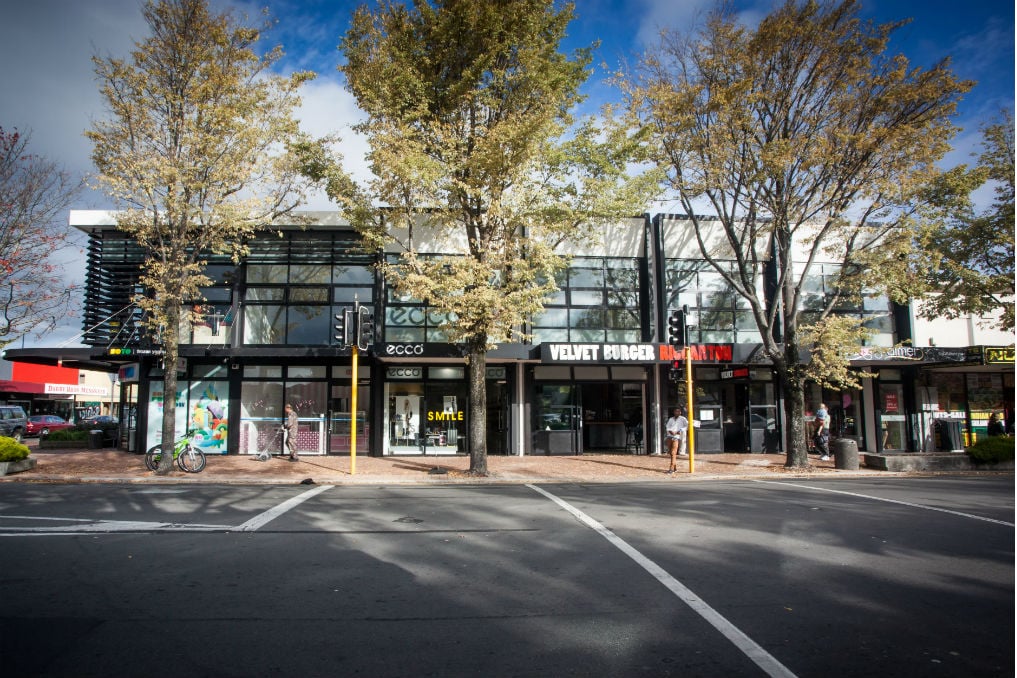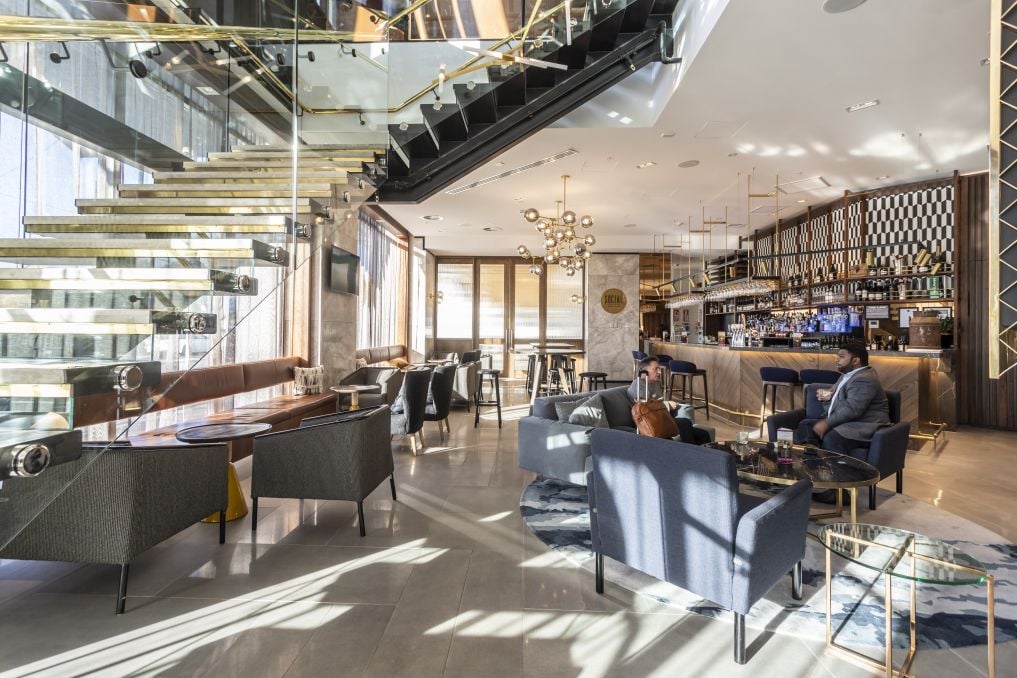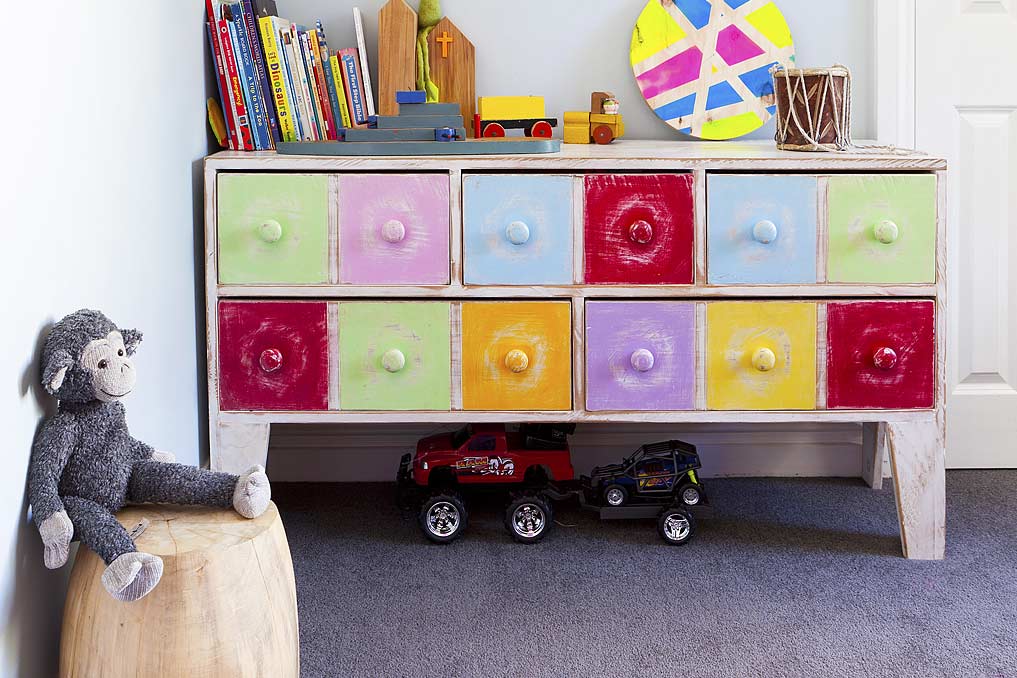The debate in Auckland over saving historic Kauri and Rimu trees got us thinking at Defign about some of the designs that talented ADNZ members have come up with to work around significant trees on site.
This week we sat down with ADNZ members Jason Walker and Robert Weir of WeirWalker Architecture to hear about a few of their tree-friendly designs and why incorporating trees into a design can be so important.
Trees and greenery bring in an additional component that adds richness and interest to a home as well as offering practical benefits such as shade in the summer.
Jason and Robert are architectural designers who appreciate the benefits and enhancements that maintaining and enhancing green aspects can bring to a design.
"When we first get engaged to work on a project, we do a site visit to establish if there are any trees worth preserving. Some species will be protected so we have to work around those, while with others we have to consider whether they will add anything to the site and the end design," says Robert.
While some trees can't be removed to make way for a building because of their designation, others can be felled on the client's request. However, Robert says that if trees are in good condition, he will often work with his clients to come up with a design that makes the most of them and integrates them into the development.
"We consider whether any trees can be incorporated into a vista from a living room - you don't need to be outside to enjoy a tree."
One of Robert’s designs that makes the most of a natural view and existing trees is a house in Mays Rd in Christchurch. Robert says he knew as soon as he saw the land that the existing large tree would remain on site and be incorporated into the building to provide great natural shading.
"It takes ten to 15 years to get a tree to the size that you can actually use for shade. If you take a look around the new subdivisions, the houses all tend to use artificial forms of shade, but this just doesn't compare to the natural shade that you can get from an existing tree."
Trees were also a factor in one of Robert's other designs - The Valley Inn Tavern. The original building was destroyed in the September 2010 Canterbury Earthquake, and Robert thought it was important to preserve some of the history of the site - including two large trees.
"The client wanted to get rid of two protected trees on the site, but I managed to convince him that the trees should stay. Not only did they add great shade to the site, but they were probably over 100 years old. It would have been a great travesty to remove them. It was a matter of convincing the client that they were an asset rather than an annoyance."
Robert says that while trees can be a nuisance on some sites - particularly when they cannot be removed - they do often add value rather than take away from the design.
"Personally I find they add a nice visual element - it's like looking at the sea. The sea is always changing, and so are trees as they constantly transform through the seasons."
Like Robert's Valley Inn Tavern design, Jason's shop designs on Riccarton Road had to be built around trees that couldn't be removed. While the shop owners would have preferred the trees to be felled, they were planted on council land where Jason estimates they had been for 50-60 years.
"The owners wanted to trim them back, and even get rid of them completely because they felt that they blocked the visual aspect of the shops. We knew we just had to design around them - they were part of the design by default, and none of us had any say in it."
Jason managed to convince his client that the trees would actually add value to the shops, rather than detract from them.
"The trees really enhance the buildings. You have this hard architecture behind them - but the trees add a soft, visual aspect to the overall design. The best thing about it, is that these are deciduous trees, so in summer time, they provide much-needed shade."








